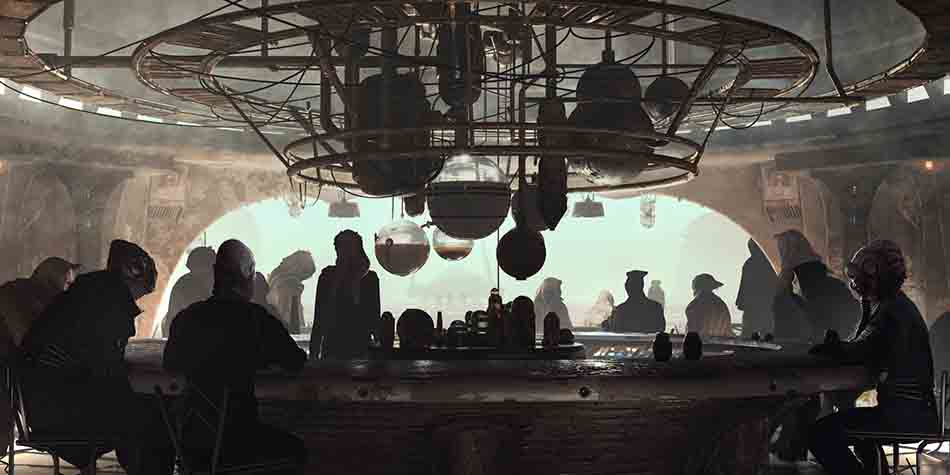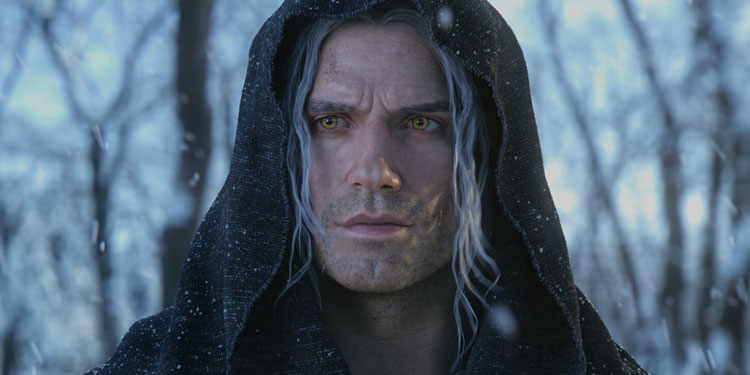- Introduction
- Background and Inspiration
- Creative Process
- Advice for Aspiring Artists
- Future Goals
- Conclusion
Introduction
In the enchanting realm where pixels meet imagination, Mehdi Hadi stands as a luminary, a digital art and design maestro. His journey is a captivating narrative of curiosity, passion, and a relentless pursuit of artistic excellence.
From an early fascination with the intricacies of images, composition, and special effects to becoming a sought-after concept artist and designer, Mehdi’s evolution in the digital art landscape is nothing short of inspiring.
In this exclusive interview, Mehdi unveils the layers of his artistic journey, sharing insights into his background, inspirations, and the transformative moments that have shaped his remarkable career.
Background and Inspiration
- What inspired you to become a digital artist?
As far back as I can remember, I have always been fascinated by the world of images, composition, and special effects. I would always linger on various images, films, or cinematics, wondering how they were made and analyzing the images to try to appreciate all the details.
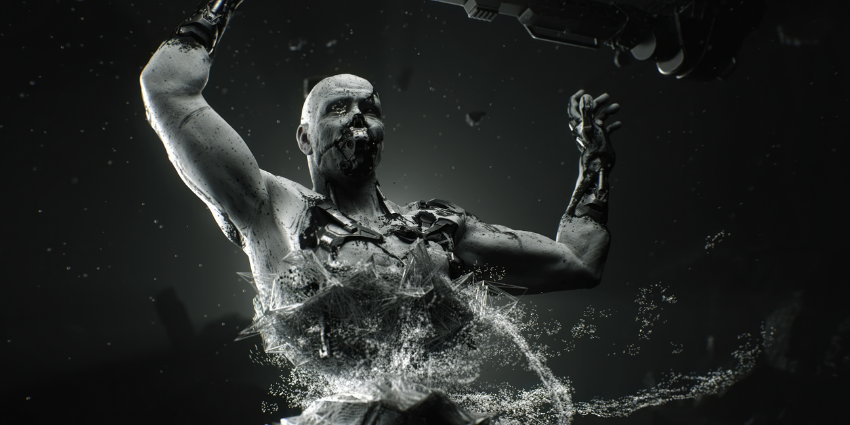
As I grew older, this interest developed until I understood that one could make a career out of it. From then on, I dedicated as much time as possible in that direction.
- Can you tell us a bit about your journey into digital art?
I got into digital art in 2013. Initially, I planned to work in all the studios in Paris to learn from experienced folks.
When I started sharing my work on Instagram, international studios wanted me for their projects. That opened up new possibilities and made my creative journey more exciting.
A few years later, I was asked to be a professor, and it turned out to be a great decision. It pushed me to learn the technical side of 3D art, something I had been avoiding because it wasn’t exactly my idea of fun. But it helped me solve a bunch of creative problems.
Teaching also helped me make my own films and projects, catching the eye of different studios and brands. Now, I handle various projects like ads, game cinematics, and film or series intros all on my own.
Then came NFTs, and that let me dive into the world of digital art. Now my work is showcased in big galleries and different art events around the world.
- Who are some of your artistic influences and favorite artists (digital or otherwise)?
Some of my artistic influences and favorite artists, both in the digital realm and beyond, include: Roger Deakins, Alan Schaller, Patrick Clair, Ash Thorp, Simon Stalenhag, and many more.
These artists have played a significant role in shaping my artistic vision and have inspired me to explore various aspects of creativity in both digital and traditional art forms.
Creative Process
- Could you describe your typical creative process from idea to completion?
I am extremely chaotic in my pre-production process, and it’s not something I would recommend to people. Basically, I have a global vision of what I want to achieve. Searching for as many references as possible, primarily on Pinterest, Shotdeck, Savee, and other image reference websites, helps me refine my vision.
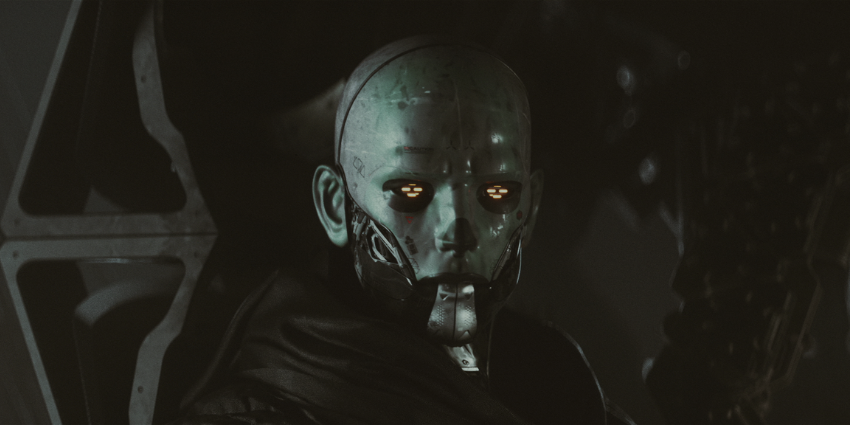
Then, I move on to the writing phase. Having a very clear vision of what I want to accomplish allows me to write more efficiently about what the project will convey and what the key moments are. The rest is just standard production, with a few late-night sessions.
- Do you have any favorite software, tools, or techniques that you rely on in your work?
For tools, Cinema 4D and After Effects are my most used software for the majority of the work. For modeling, since I create a lot of robots or mechanical pieces, I tend to use Plasticity lately. It’s a very pleasant software to use.
As for the technique, kitbashing is what serves me the most. I don’t really have the time to do everything from scratch, so I rely a lot on an extensive asset library that I’ve created for the most part and that I’ve purchased on CGTrader, Vitaly Bulgarov, Artstation, Big medium small and Kitbash3D etc. This allows me to be more efficient and responsive.
- How do you stay motivated and overcome creative blocks?
Staying motivated and overcoming creative blocks can be quite a challenge for me. Unfortunately, there’s no magic formula. There are times when I find myself stuck for days on what turns out to be a not-so-great idea. Often, I only realize it was a bad idea when a better one spontaneously comes to mind.
This tends to happen when I engage in completely random activities, such as running errands, biking, or playing with my kids. The key for me is simply not giving up until something better emerges in my mind. It’s a process of persistence and embracing randomness to spark creativity.
Style and Themes
- Many digital artists have a unique style. How would you describe your artistic style and the themes you often explore in your work?
I couldn’t really define what my work looks like. I am an amalgamation of all the references I have seen and that have left an impression on me. So, it’s difficult to give it a name. However, recurring themes often emerge, and it usually revolve around the future, the human condition, and its flaws. There are many of them, so there is plenty to work with, but clearly, my work doesn’t breathe joy because I have a very pessimistic view of the world in general.
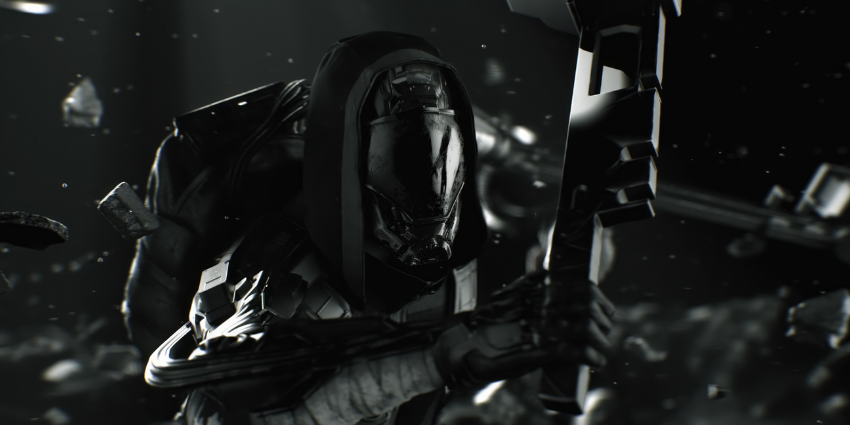
- Is there a recurring message or story you try to convey through your designs?
“Not really. My works are more about perspectives than messages. I express what I see, hear, or think. I simply open the door for people to see what’s going on in my mind.”
The Surge 2 Motion Cinematic Trailer
- Let’s dive into a specific project of yours. Can you share some details of the The Surge 2 Motion Cinematic Trailer?
The project The Surge 2 is a collaboration with the studio Capsule Studio. We had already worked together on the first cinematic of The Surge 1. I think our collaborations have always gone well because we understand each other very well regarding the narration and aesthetics of the projects.
The freedom was quite extensive, and we exchanged several different ideas to create something good.
The 3D models were provided by Capsule, and I took care of the rest, considering all our exchanges before starting the project.
- What is the story behind this project, and how did you get involved with it?
The story is essentially what the game aims to tell. We took the game’s narrative and condensed it into a one-minute motion piece. It’s a title sequence format that one might find in a series or a film. We just need to understand and reinterpret the story.
As for my involvement, it’s simply that we get along very well, and we’ve known each other for quite some time. Collaborating with friends is always something enjoyable.
- Can you describe the key elements and techniques used in this project?
I had just learned Redshift because Octane Render couldn’t handle models and scenes as heavy. The 3D models were very complex with many layers, and at that time, Redshift was the only rendering engine stable enough to handle the project.
Technically, the most interesting aspect was representing very graphic injuries without making it excessively gory. We weren’t allowed to depict blood, so we had to think of a visual effect that would convey the violent aspect of the game without turning it into a Mortal Kombat-style gore fest (which is a good game by the way, lol).
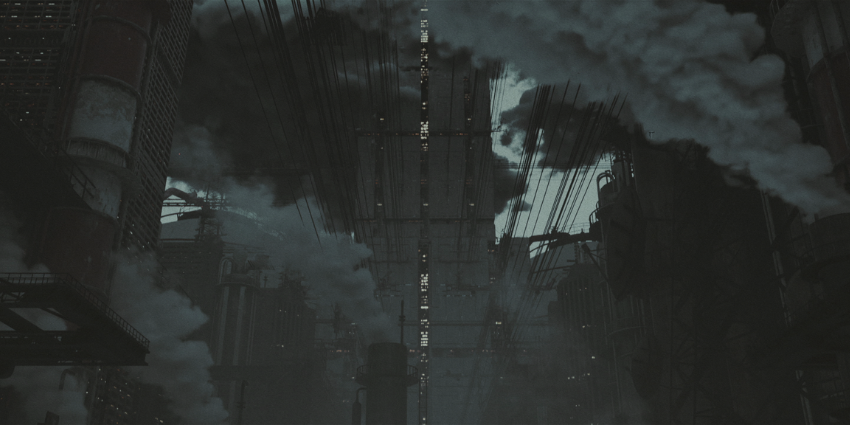
Challenges and Achievements
- Every artist faces challenges. Can you tell us about a specific artistic challenge you’ve overcome and how you did it?
My biggest challenge remains time; time is my greatest constraint. There are never enough hours in the day, whether it’s during the day, evening, or night. Time is the most complex aspect to manage. There are so many things to do, and we have so little time to do them. Therefore, dealing with this frustration is my greatest challenge today.
- What’s been one of your most significant achievements or milestones in your artistic journey so far?
Every time I made a film, it was a key moment in my career. It opened up different opportunities that led me to my next milestone, much like a video game where you have to finish each level to move on to another. Three films were decisive in my career: “Abstract Reaction,” “Chapter One,” and “Nomankind.” These three films personal projects have shaped my career into what it is today.
Advice for Aspiring Artists
- What advice do you have for aspiring digital artists who are just starting their creative journey?
Trying to use social media as little as possible. The best way is only to share your work, close the app, and open it again just to respond to messages and comments. Social media can be really overwhelming, making you feel stressed and small. It can also make you jealous of others’ success and lead to feeling upset about your own art and expression. This is based on my own experience, so that’s why I’m talking about it. You cannot share your work without social media today, so it’s crucial to have a healthy relationship with it.
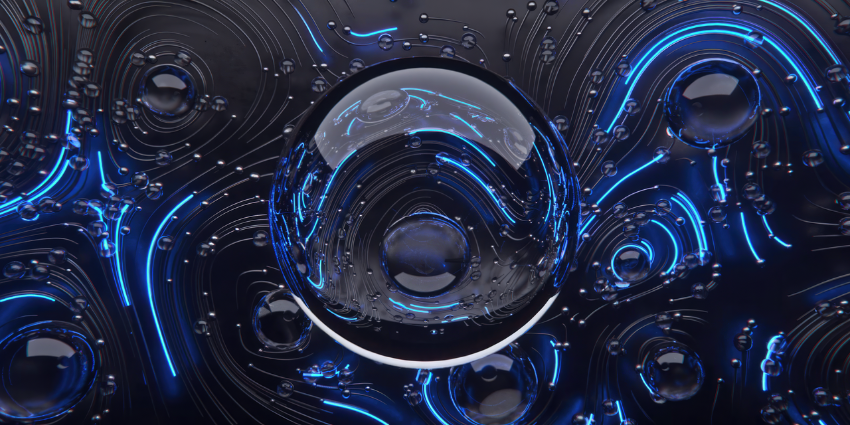
- How do you balance your artistic pursuits with other aspects of life, like work and family?
It would be hypocritical of me to advise on a healthy work-life balance.
As a freelance designer, I have a good balance sometimes… When working on small projects that don’t require much effort and have a small budget, I can maintain quite a decent balance.
The only downside is that I don’t learn much, and there isn’t much money. However, when I take on larger projects with a substantial budget, my lifestyle gradually changes. As the deadline approaches, stress increases, resulting in less time spent with family, etc.
So, it’s always fluctuating, and I’m not sure it’s possible to maintain a completely balanced lifestyle, especially at a high level, particularly in this industry.
The answer to this question really depends on each individual’s ambition in reality.
Future Goals
What are your future artistic goals, or is there a particular project or theme you’d like to explore in the future?
I love working in the field of title sequences. Synthesizing a story to create an intro or outro remains one of my passions. So, I hope to continue as much as possible. On the other hand, I’m trying to create courses and tutorials in the field to help people who don’t have the means to access high-end schools or training on subjects like motion design, 3D cinematography, and how to make their own films.
Lately, I’ve been focusing on creating intellectual properties, stories, and universes in a world where I set the rules. It’s a long process but very interesting.
Do you have any upcoming exhibitions, collaborations, or projects you’d like to share with your audience?
I am working on a few projects that I believe people might enjoy. I can’t talk about them too much at the moment as they could be released by the end of the year. I also have several exhibitions planned in collaboration with Trippy Lab, where I will be featured in Permissionless, Korea Blockchain Week, WAGMiami, and Art Basel.
Conclusion
As we draw the curtain on this insightful conversation with Mehdi Hadi, it’s evident that his story is more than a chronicle of artistic prowess—it’s a testament to the power of curiosity and dedication. From navigating the studios of Paris to commanding international attention through platforms like Instagram, Mehdi’s journey exemplifies the dynamic landscape of digital art.
His role as a professor expanded his technical acumen and opened doors to a diverse array of projects—from advertisements to game cinematics and film intros. The advent of NFTs marked a new chapter, propelling Mehdi’s work onto global stages and prestigious art events.
Don’t forget to visit his outstanding website and follow him on Artstation and Instagram.
As Mehdi continues to carve his path in the ever-evolving landscape of digital art, we are left with a sense of anticipation, eager to witness the next chapter in the artistic odyssey of Mehdi Hadi.
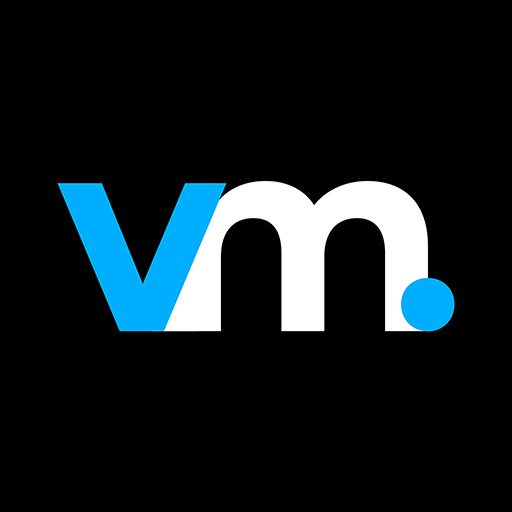
Vanessa is a Digital Marketing Specialist specializing in SEO, Social Media, and WordPress Administration, effectively bridging technology and online visibility.
